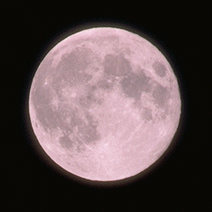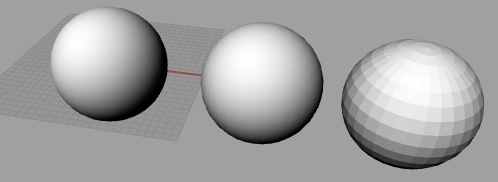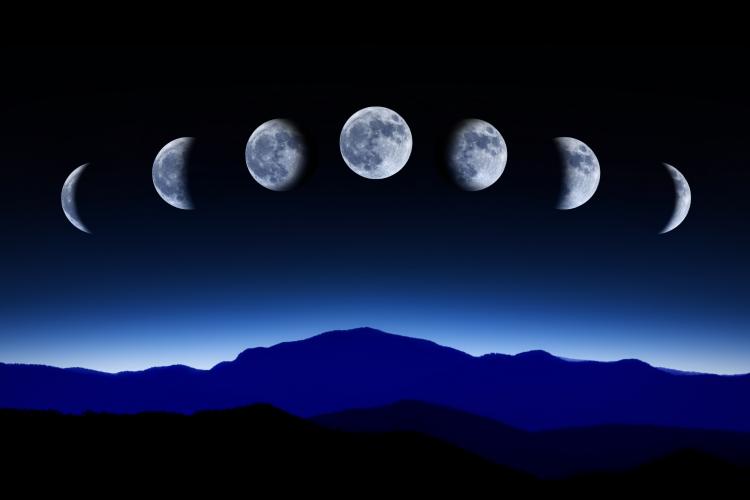I used to use that Galaxy simulator your using, its several years old. I tried to remember how to get to out solar system from any position in the known galaxy.
Its not really designed to give a true perspective of the points themselves, but the relativity of the objects to one another, its rather weak in terms of actual detail of any given object.
Your assuming the moon should shade like a painting. This is incorrect. I had to explain this issue with the Turks maintaining Roman Mosaics, everyone was flipping out about two months ago when pictures were linked to the press in the middle of restoration:

Our sense of “aesthetics” has evolved over time, the restored version is to the right, the “older” is to the left. What the Turks primarily did was lift the alterations the French added in the 19th century, its smoothness and gloss, the shading and form lines. The end result looks hideous in comparison, but its closer to the truth. A lot closer to how we actually look honestly as well.
It doesn’t occur to us how much emphasis on artifice underlines our naturalistic drawing methods. When you look at modern CGI formulas, regarding the complicity that goes into actual formulas to mimick “real things”, how hard it was to get the setting sun, or water, just how many failures of assumption underline the whole mess of presumptions we inherited from more orthodox assumptions about art, to make something fake real, you begin to suspect what has really been going on in art all along. Just how real are our realistic drawings? Are they accurate, or a exaggeration beyond nature… a emphasis on the complexities of light, shadow, and form never quite present in actual interactions with grapes and apples in a bowl?
The craft has become so absurd that the artist of such drawings are judged categorically by stock emphasis of effects, and not on the transient dullness which is more accurate of the vast majority of things beheld.
Take the reverse of a natural object to be drawn… a face. Why is the Mona Lisa so famous? Leonardo worked on it tirelessly, constantly tweaking it. It has countless modifications in conflict in it from its stasis, different opinions from different points in time that he thought her look should be. So it is many things. A woman’s face is by its nature something to be looked at, studied, interacted with. Constant interplay between the male observer and female observed. All those different, incongruent adjustments causes a constant reorientation and rereading. It seems intelligent, interactive. Its a off balanced mass on the whole.
Painting a object in stasis lacks this. A shaded ball isn’t nearly as important as a woman’s face as far as studious observation is concerned.
The western mark for mimesis is thought to be higher than that of the traditional Chinese schools, but I think they equally exaggerate their emphasis on rules on what the stock elements of their art should be.
Hold a ball up to the sun, and see if you can find a spot where it sits equally in the light as the moon does from your perspective.
Yes, you notice shade NOW, but is it nearly as shaded as a artist would shade it? No.
Heraclitus was asked what the size of the sun was. He leaned back, raised up his leg, and said it was about the size of his foot.





